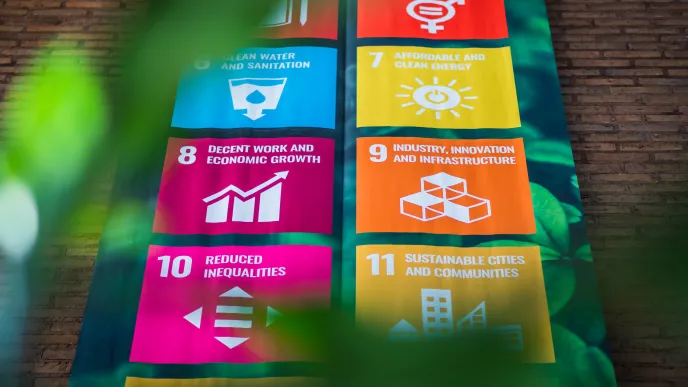The doctoral dissertation of LUT University’s Dick Carrillo Melgarejo looks into the future of smart grids and the green transition. Carrillo Melgarejo maintains that the critical applications in the smart grid industry depend on cutting-edge communication technologies.
What makes your dissertation particularly interesting?
“Achieving the goals of the digital green transition to make Europe the first climate-neutral continent by 2050 depends on mitigation actions in large-scale infrastructures, such as energy systems. Here, the use of cutting-edge communication technologies plays a fundamental role in connecting all elements in the smart grid.
It is expected that before 2035, critical smart grid applications will be enabled by 6G and disruptive technologies, such as machine learning applied to radio interface functionalities. The current cellular network cannot support critical applications in the smart grid industry. Therefore, we must come up with new solutions.”
What kind of mitigation actions in energy systems are needed to promote climate neutrality?
“To promote climate neutrality, energy systems must become more efficient in using renewable energy sources to cut their CO2 emissions down to zero. That requires two-directional communication and energy flow.
In this context, the communication network plays a fundamental role in providing intelligence to high-level applications that enhance energy generation, distribution, and consumption. Furthermore, this connectivity supports critical control systems that improve energy quality and availability.
However, connectivity – especially wired communication – is, in many cases, still expensive for energy systems because of maintenance and operational costs. This is the gap that I address in my dissertation: to complement the current communication network used in power systems with beyond-5G technologies that will lead to cellular communications in the upcoming years.”
You are introducing a novel radio access network (RAN) slicing framework as a solution. What is it and why is it applicable?
“We’re proposing a RAN slicing framework that can be used in future standardization efforts to create the necessary interfaces and maps between the current communication protocols for intelligent electronic devices (such as IEC 61850 standards) and mobile broadband standard evolution (3GPP). That enables the introduction of cellular networks to connect several energy system entities that enable critical applications.
RAN slicing helps reduce the capital expenditures of using cellular networks. Reusing the same radio resource reduces operational costs, which is a desired scenario for operators and consumers. Offering a low-cost, high-quality service promotes the usage of cellular networks to support critical power system applications.”
Why does the digital green transition depend on such technologies?
“Suppose we make an analogy between the human body and power systems. In the human body, all organs are connected to the brain through a complex network of nerves – an excellent example of a two-directional communication interface.
Similarly, all entities that compose a power system require connectivity for mutual interaction. These communication technologies enable essential applications such as control, monitoring, and management of the power system, including renewable energy sources, to achieve the digital green transition.”
Which industries would benefit from RAN slicing?
“The proposed RAN slicing aims to support today’s energy system industries using standardized 5G protocols and upcoming cellular network generations. For instance, we have chosen the IEC 61850 for substation automation systems (SAS).
A similar approach can also be applied to other industrial verticals, such as control and automation, mining, and the forest industry. In other words, the solution proposed in this dissertation may be easily transferred to any other industrial application that requires critical applications.”
To summarize, how does RAN slicing make energy systems more sustainable?
“Smart grid technologies by themselves promote the usage of renewable energy sources. However, sometimes, most of the connectivity that enables smart grids is done on wired networks, which is, in most cases, expensive for operators and consumers. Therefore, using cellular networks and the proposed RAN slicing may improve renewable energy systems' efficiency and reduce costs, thereby accelerating the green transition.”
More information
The doctoral dissertation of LUT University’s Dick Carrillo Melgarejo is titled Improving the design of cellular networks beyond 5G for smart grids.

The dissertation will be examined on 22nd of September 2023 at 14.00 (UTC+3) fully online.





